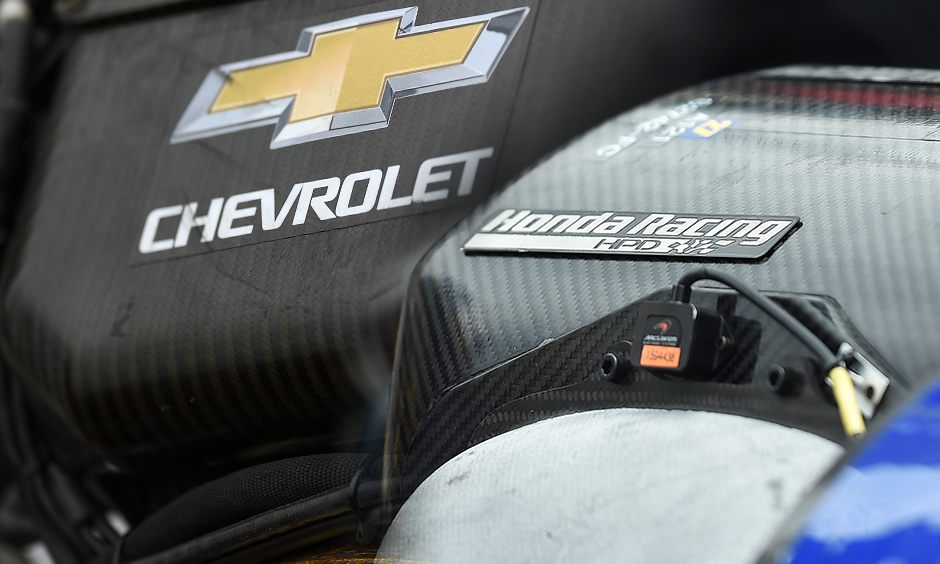INDYCAR announces more powerful engine formula to be used starting in 2021
MAY 19, 2018
Beginning in 2021, INDYCAR engines will produce more power due to a new configuration, the sanctioning body announced today.
The 2.4-liter, twin-turbocharged V-6 engines are projected to generate at least 100 more horsepower than the current 2.2-liter platform, with more than 900 horsepower achieved in the 2.4-liter formula when using push-to-pass overtake activation.
Providing stability for the Verizon IndyCar Series and its competitors, the engine regulations will be in place for six years, through the 2026 season. INDYCAR has utilized the 2.2-liter, turbocharged V-6 formula since 2012, with exclusive use of twin turbos since 2014.
Engines will continue to turn at a maximum of 12,000 RPM.
On-track testing will begin in the summer of 2020.
“Our drivers have been asking for more horsepower and thanks to the hard work of Chevrolet, Honda and the INDYCAR engine group, they’re going to get it,” said Jay Frye, INDYCAR president of competition and operations.
Executives from Chevrolet and Honda said the new configuration suits their needs.
“The 2.4-liter, twin-turbo V-6 engine formula that will be introduced for the 2021 season will continue to showcase relevant technologies that we incorporate in our production engines,” said Jim Campbell, U.S. vice president of performance vehicles and motorsports for General Motors. “The opportunity to transfer learnings in performance, reliability and efficiency between the racetrack and the showroom is very important to Chevrolet.”
“The new INDYCAR engine formula should be exciting for the fans and an interesting technical challenge for Honda Performance Development,” said Art St. Cyr, president of Honda Performance Development. “While the overall architecture remains similar to the current engine, the increased displacement will bring many changes, including a notable increase in power that should please all fans of the sport. In addition, it provides our designers and engineers with an opportunity for significant development, which is a challenge we welcome at Honda.”
Frye said additional manufacturers have been included in the planning of the next generation of engine specifications.
“We’ve talked with a lot of key executives and asked for their opinions, and they’ve all said this is a very relevant platform to what they’re doing,” Frye said. “No announcements of additional manufacturers are imminent, but it feels like we’re on a good path.”






















